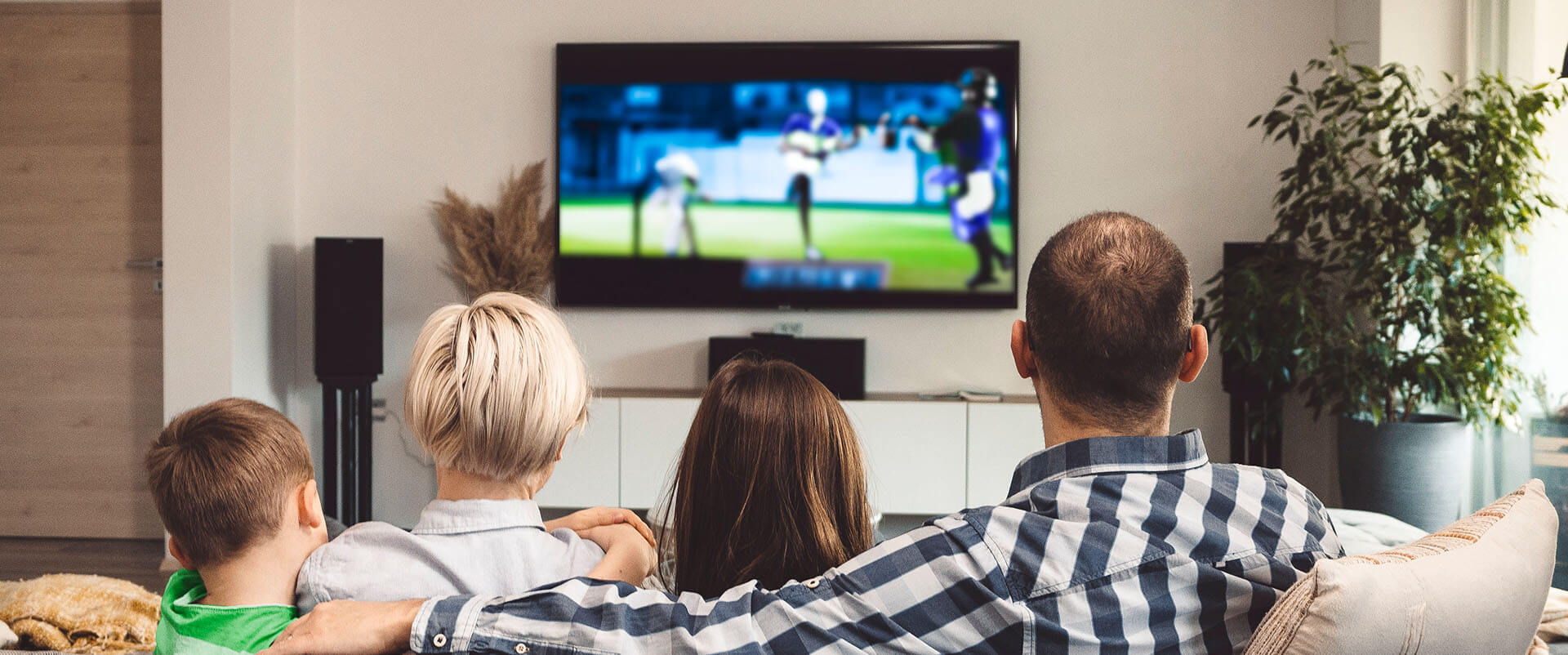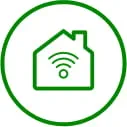In today's digital age, where not only your online experience but also your lifestyle can be impacted by the quality of your internet connection, choosing the right internet service provider can be a game-changer. Let’s take a look at the two dominant contenders in the broadband arena, fiber and cable internet, and find the best fit for you.
What is fiber internet?
Fiber internet is all about speed, leveraging thin strands of glass or plastic to transmit data, virtually at the speed of light. Renowned for its low latency, fiber allows your gaming sessions and video conferences to be virtually lag-free, even during peak usage times. This is because fiber is more reliable with less failure points, making it less susceptible to signal interference or slowdown.
Additionally, consider that what you upload is just as important as what you download. Fiber offers symmetrical speeds, meaning that if you are paying for 1 Gig, you get gig download and gig upload speeds. In simpler terms, the data is coming and going at the same speed, ensuring that your uploads are as lightning-fast as your downloads. (Bear in mind that as soon as the internet enters your house, it will always slow down, so you’ll never get exactly the speed you signed up for, unless you connect with an Ethernet cable.)
Being future proof, fiber’s robust infrastructure can handle the growing demands of smart homes, 4K streaming and IoT devices without breaking a sweat. With fiber, there is no need to update the systems hardware for future years just to roll out competitive speeds, a major drawback to cable internet.
What is cable internet?
Cable internet utilizes the same coaxial cable lines as your cable TV service, which was modified to handle internet by the mid to late 1990s. Having been around for a while, cable has a track record of reliable performance. It's a solid choice for households that don't need multi-gig speeds but still want a smooth online experience. It’s also ideal for millions of households that prefer to watch cable TV. Cable TV, phone and internet are often packaged as bundles and have been the backbone of the cable industry for decades.
Since cable is widely available and can deliver respectable speeds, usually ranging from 100 to 1,000 Mbps (or 1 Gbps), it is an attractive option for those in areas where fiber infrastructure has yet to expand. However, while you can get 1 Gig (1,000 Mbps) download speeds, upload speeds will be much slower, leading to lag.
How do I choose between fiber and cable?
Choosing cable over fiber may be a choiceless choice: if fiber isn’t available in your area, cable is going to be the way to go. But if you do have the choice, fiber is a stronger option.
Overall, fiber’s infrastructure is stronger and built for today’s modern reliance on the internet as well as the future. Its equally fast upload and download speeds will nearly eliminate lag and latency, and peak-time slowdowns will be a thing of the past. Its dedicated connection — which means you don’t share your connection with the whole neighborhood — allows for always-on, ultra-fast speeds. What’s more, fiber internet offers you the chance to stream all your favorite shows and movies, giving you the option to disconnect cable (and likely save money in the process).
Cable isn’t going anywhere quite yet, but fiber-optic technology is outpacing it in terms of performance. You may find that cable suits your needs, and that’s great. But for connectivity built for the future of work and play, fiber leads the way.






